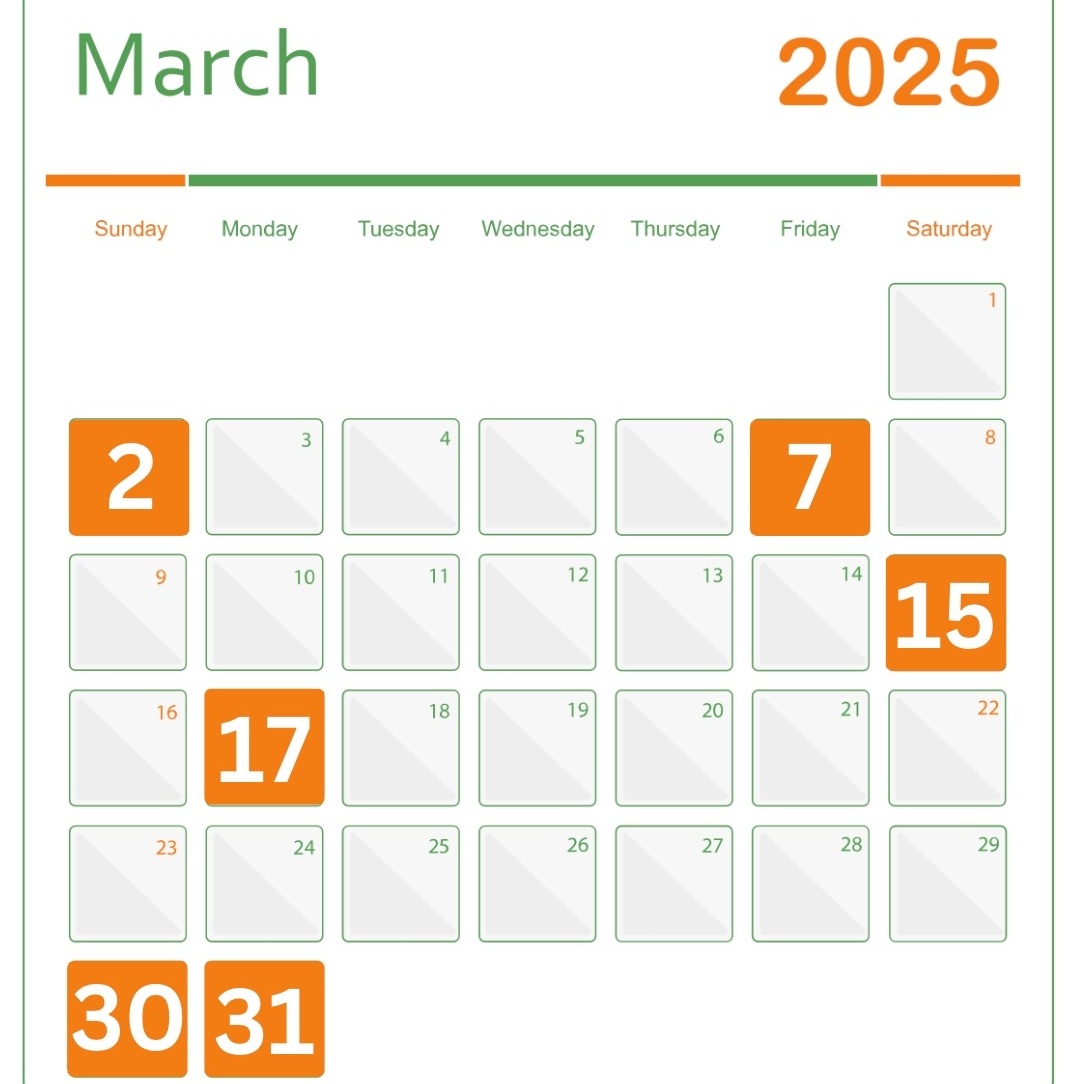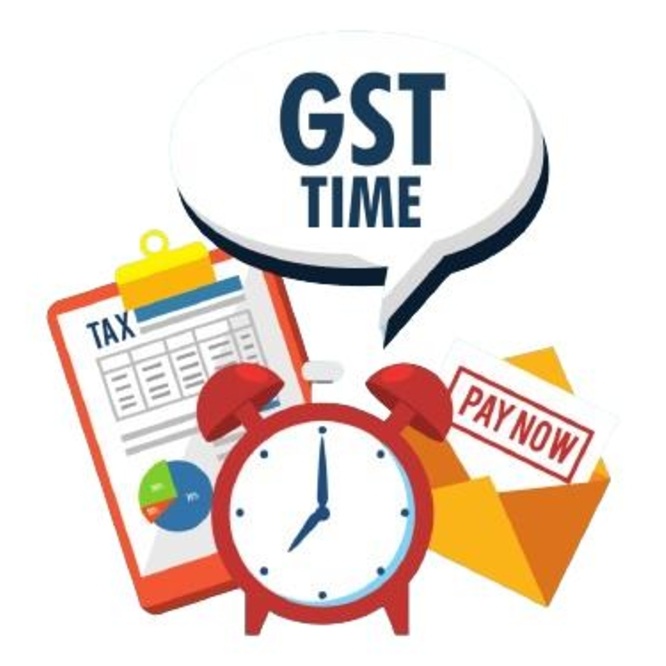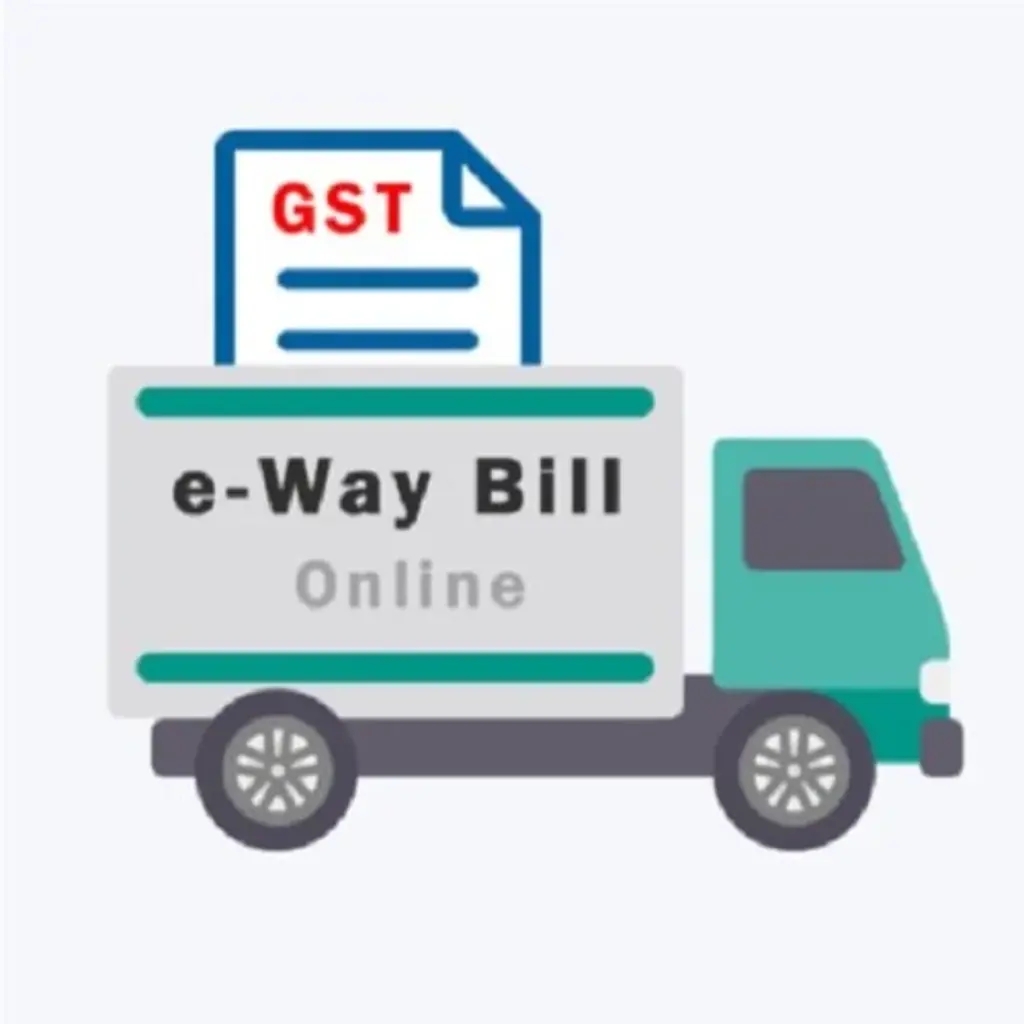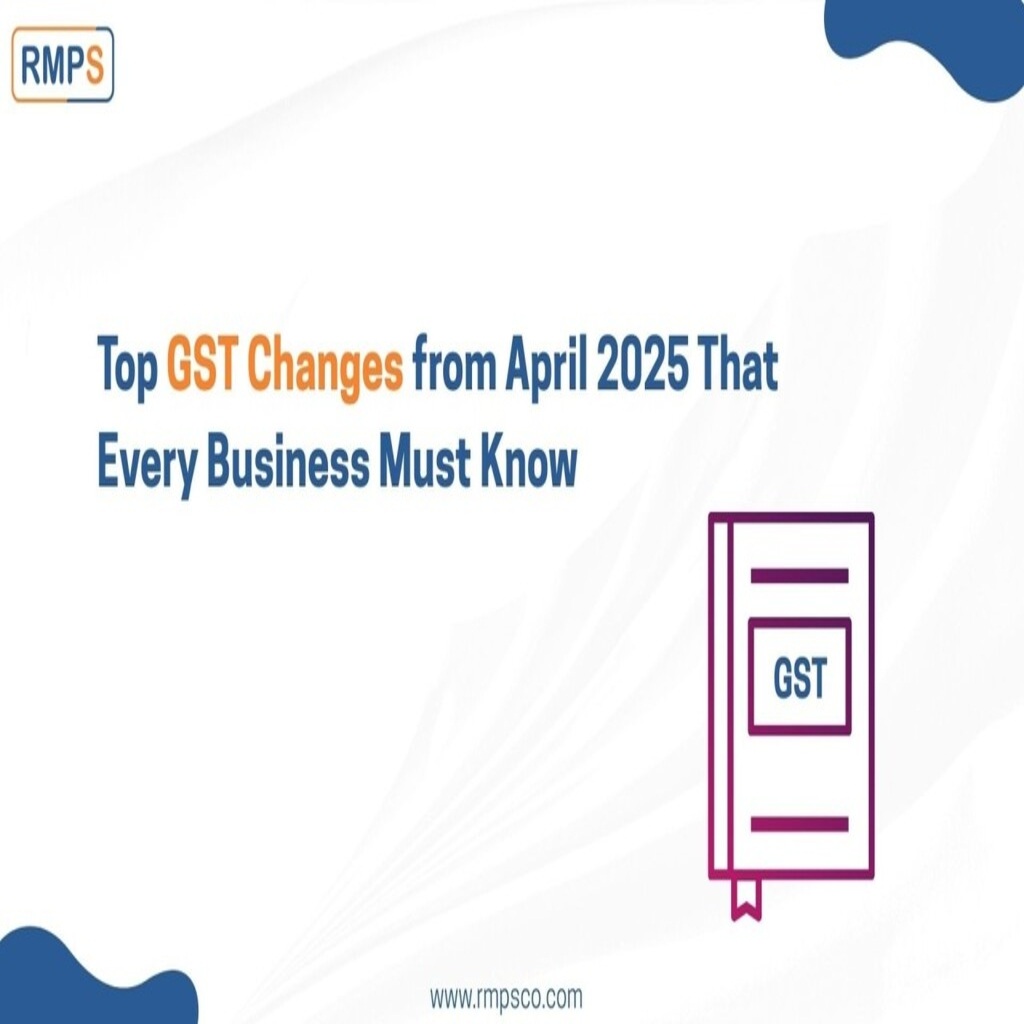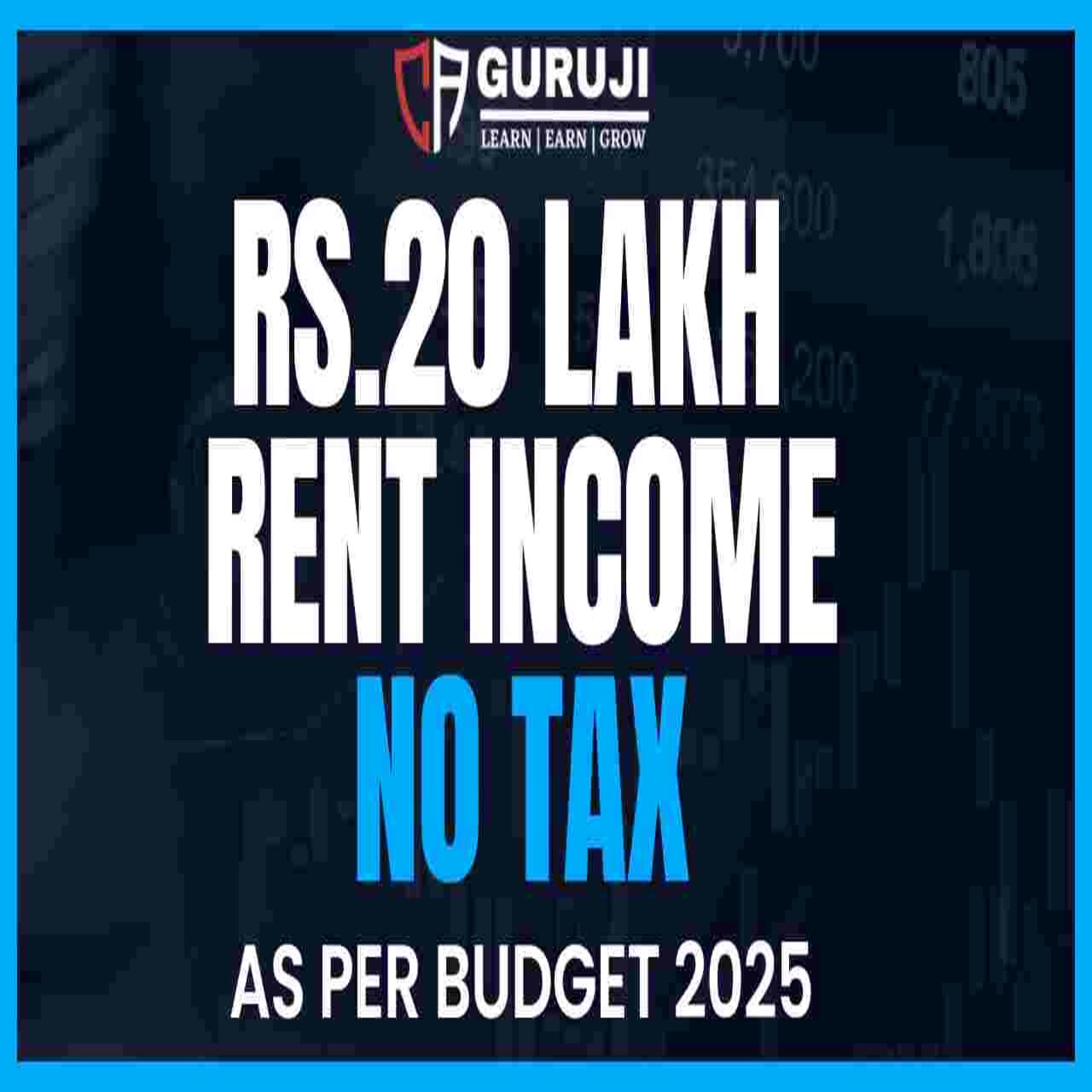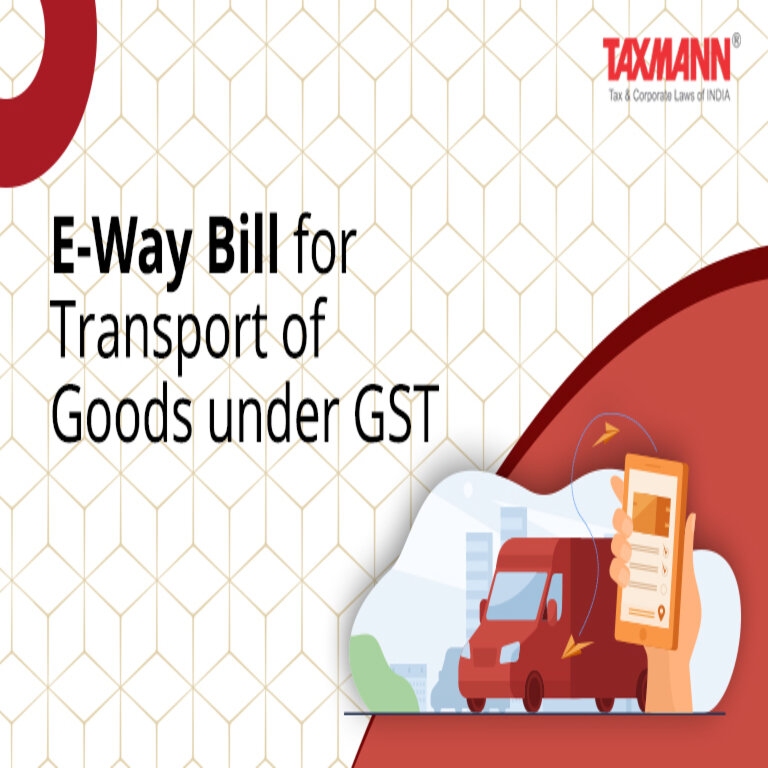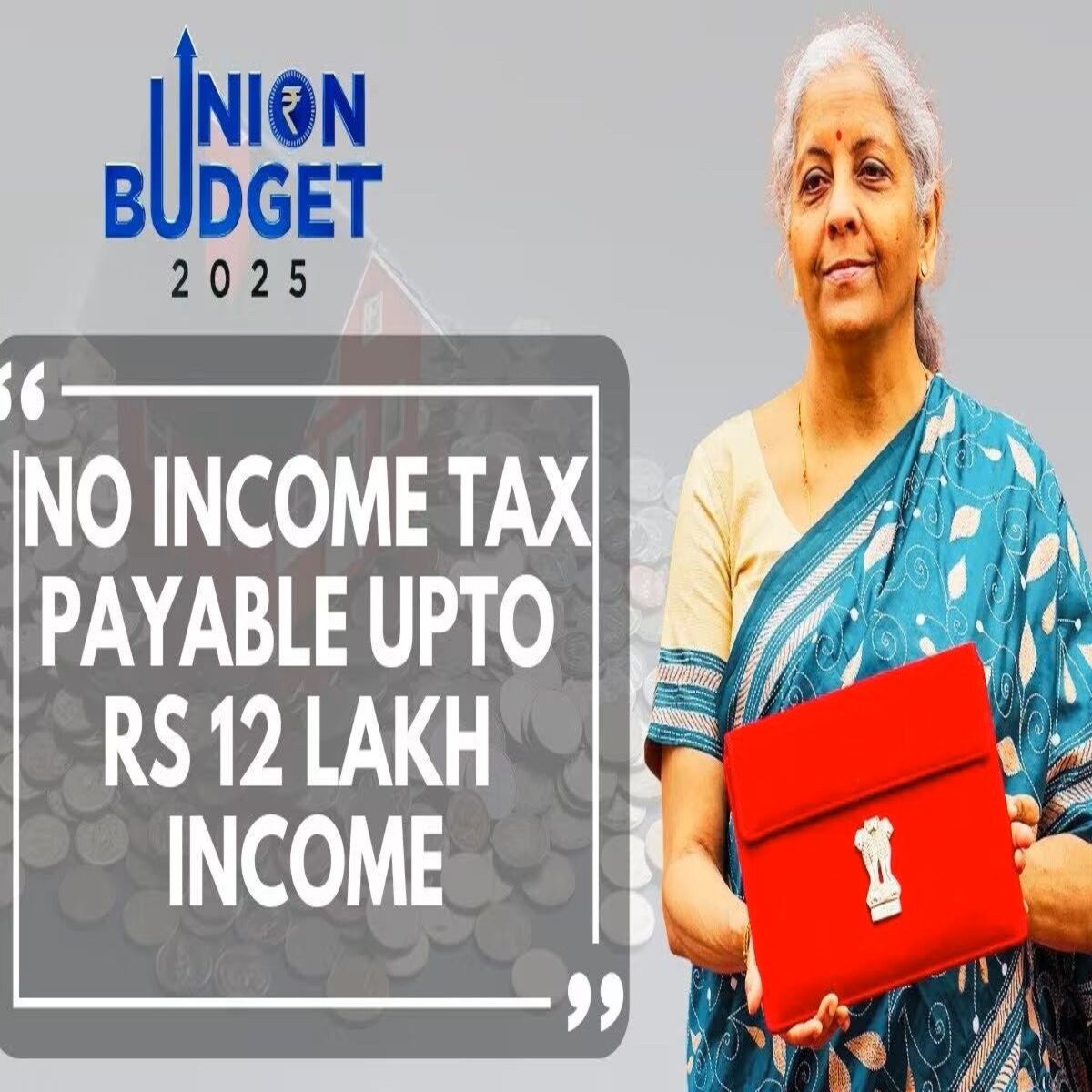Financial and Tax Rules Effective as of March 1, New 2025
As we approach the new financial year 2025-26, several key regulatory and financial changes will come into effect from March 1, 2025. These updates will impact taxpayers, businesses, investors, and general consumers. The changes cover Income Tax, GST, e-Way Bill, SEBI Regulations, Banking etc.
Here is a detailed list of all the important changes, along with compliance deadlines to ensure a smooth transition into the new fiscal year.
1. E-Way Bill for Unregistered Persons
- Unregistered persons can now generate an e-Way Bill using Form ENR-03, available on the e-Way Bill portal.
- This change will help individuals and entities who are not registered under GST but are involved in goods movement.
2. Introduction of the New Income Tax Bill 2025
- The Income Tax Bill 2025 has been introduced and is currently under the process of approval.
- Once enacted, it will replace the Income Tax Act, 1961, bringing modernized tax provisions to simplify compliance and improve tax administration.
3. Finance Bill 2025 – Key Taxation Changes
The Finance Bill 2025 will soon be approved, becoming the Finance Act 2025, bringing several major tax changes:
- Higher Income Tax Exemption Limit – Taxpayers with an income of up to ₹12 lakh will now be exempt from income tax under the new tax regime (New Slab Rate)
- Changes in TDS & TCS Thresholds – Various TDS (Tax Deducted at Source) and TCS (Tax Collected at Source) limits will be revised, affecting businesses involved in high-value transactions.
- No TCS on Sale from 1 April 2025
- Changes in Self-Occupied House Property Rules
- Rebate & Marginal Relief Changes
- New Deduction Under NPS ‘Vatsalya’ (Section 80CCD(1B)) – Additional tax benefits will be available for National Pension Scheme (NPS) investments.
- Revised Turnover & Investment Limits for MSMEs
- Increase in the Period for Filing Updated Income Tax Returns – Taxpayers can now file updated income tax returns for up to 48 months from the end of the assessment year, allowing more flexibility to correct past returns.
4. GST Updates Effective from March 1, 2025
- Negative Liability in GSTR-3B – Businesses can now report negative liability in GSTR-3B, improving GST return accuracy.
- HSN Code Selection & Validation in GSTR-1 & GSTR-1A –
- Manual entry of HSN codes is replaced with a drop-down menu to reduce errors.
- Table-12 is now bifurcated into B2B and B2C transactions, ensuring clearer reporting.
- Initial validation warnings will be issued for incorrect values, but they will not block filing.
5. New GST Registration Process (Rule 8 of CGST Rules, 2017)
The GST registration process now includes stricter authentication measures:
- For applicants NOT opting for Aadhaar Authentication –
- Must visit a GST Suvidha Kendra (GSK) for photo capturing and document verification.
- For Aadhaar Authentication (with Biometric Verification) –
- Promoters/Partners must visit GSK for biometric authentication.
- If already verified in another State/UT, only document verification is needed.
- Non-Generation of Application Reference Number (ARN) –
- If verification is not completed within 15 days, the ARN will not be generated.
6. Important GST & Tax Compliance Deadlines Before March 31, 2025
- LUT (Letter of Undertaking) Renewal – Apply for Form GST RFD-11 before March 31, 2025, for tax-free exports.
- Composition Scheme Enrollment – File Form CMP-02 before March 31, 2025, to opt for the Composition Scheme.
- QRMP Scheme Selection – Opt-in or opt-out of Quarterly Return Filing before April 30, 2025.
- Declaration for GTA Taxpayers – File Annexure V & VI before March 31, 2025.
- GST Refund for FY 2022-23 – Claim pending GST refunds before March 31, 2025.
- Mandatory E-Invoicing from April 1, 2025 – If your turnover exceeds ₹5 crore, be ready to implement e-invoicing.
- GST Amnesty Scheme under Section 128A – To avail GST penalty relief, pay tax dues before March 31, 2025.
7. SEBI Nomination Rules Update
- SEBI mandates all trading & demat account holders to either nominate a beneficiary or opt out by March 31, 2025.
- Failure to comply will lead to account freezing, restricting trading and investment activities.
8. Fixed Deposit (FD) Interest Rate Adjustments
- Major banks have updated their FD interest rates starting March 1, 2025.
- Investors should review the new rates to align their savings with financial goals.


